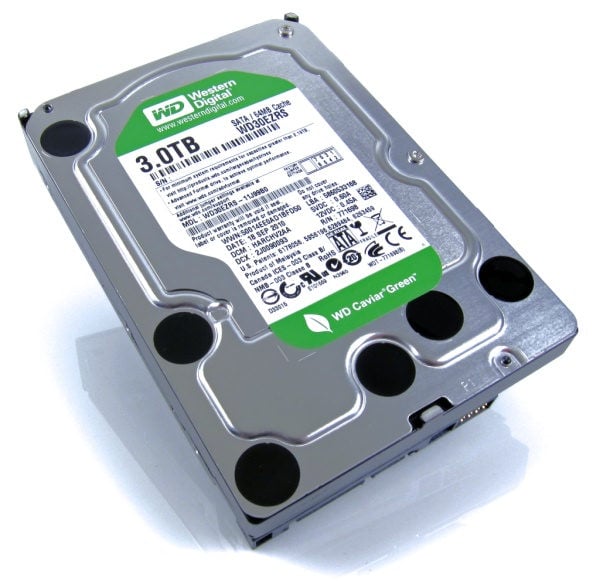ResolvableOwl
Notorious Lyear
Hi everyone,
long time lurker, now I finally made it and signed up!
That makes this post kind of an introduction to myself too. Still I'll post it here and not into the introductory forum, since I'll (try to) restrict myself here to another vice of mine.
There is that beautiful adage, attributed to John Tullius, that states “Nine out of ten people like chocolate, and the tenth is lying.” Well, as someone prone to taking things serious, I'm for sure not the tenth one, haha! Still in school, I already started melting up chocolate bars and combining them into all the crazy variants that I've ever missed in the shops (like white chocolate+peanut butter, toasted sesame&poppy seed, cereal crisp cardamom, cashew gianduja …). A few years later, together with a friend, I intensified these efforts. We got pure cocoa butter and silicone chocolate moulds, and collected some experience about constitution of chocolate, properties of cocoa components (provenance, alkaline treatment), sugar(s), additives (lecithin etc.), the stubborn tempering protocol, flavouring via spice maceration, building a conche prototype… quite a fun time, and though we tried hard to stay non-commercial, we couldn't prevent some friends from paying us money in exchange for a few of these bars…
However, back then it was impossible to buy things like cocoa butter in retail shops. So we had to order some things in unsightly bulk packages from online traders. Back then, I was always annoyed by these cosmetic suppliers who “diluted” the few food-grade suppliers of stovetop chocolate manufacturing. Though, things have changed. Nowadays you can buy cocoa butter in the supermarket, and the virus of DIY soapmaking, after a few years of incubation time, has finally infected me. The same me who still had numerous silicone moulds and a cask of shea butter catching dust…
That's the short (and horribly incomplete) story about my way from chocolate into soapmaking (or, more precisely: into soap and chocolate making). A few weeks ago, I bought some two-part silicone rubber to cast some new moulds, amongst others for iridescent chocolate, but probably soapy things too?
Anyway, expect (or encourage) me to share some chocolatey experiences with you here! The inner values of chocolate bars are paramount to me, so while incredibly delicious (or horribly bitter when I once again forgot to put sugar in them), they are just about always mere dark brown blocks/sheets, and IMHO look repetitive and not particularly photogenic. That is, they are beautiful (there is nothing like that perfect silken surface of a freshly cast bar of chocolate!) but it would be unfair to you, to only show them in expressionless photographs and not letting you try them (-:
long time lurker, now I finally made it and signed up!
That makes this post kind of an introduction to myself too. Still I'll post it here and not into the introductory forum, since I'll (try to) restrict myself here to another vice of mine.
There is that beautiful adage, attributed to John Tullius, that states “Nine out of ten people like chocolate, and the tenth is lying.” Well, as someone prone to taking things serious, I'm for sure not the tenth one, haha! Still in school, I already started melting up chocolate bars and combining them into all the crazy variants that I've ever missed in the shops (like white chocolate+peanut butter, toasted sesame&poppy seed, cereal crisp cardamom, cashew gianduja …). A few years later, together with a friend, I intensified these efforts. We got pure cocoa butter and silicone chocolate moulds, and collected some experience about constitution of chocolate, properties of cocoa components (provenance, alkaline treatment), sugar(s), additives (lecithin etc.), the stubborn tempering protocol, flavouring via spice maceration, building a conche prototype… quite a fun time, and though we tried hard to stay non-commercial, we couldn't prevent some friends from paying us money in exchange for a few of these bars…
However, back then it was impossible to buy things like cocoa butter in retail shops. So we had to order some things in unsightly bulk packages from online traders. Back then, I was always annoyed by these cosmetic suppliers who “diluted” the few food-grade suppliers of stovetop chocolate manufacturing. Though, things have changed. Nowadays you can buy cocoa butter in the supermarket, and the virus of DIY soapmaking, after a few years of incubation time, has finally infected me. The same me who still had numerous silicone moulds and a cask of shea butter catching dust…
That's the short (and horribly incomplete) story about my way from chocolate into soapmaking (or, more precisely: into soap and chocolate making). A few weeks ago, I bought some two-part silicone rubber to cast some new moulds, amongst others for iridescent chocolate, but probably soapy things too?
Anyway, expect (or encourage) me to share some chocolatey experiences with you here! The inner values of chocolate bars are paramount to me, so while incredibly delicious (or horribly bitter when I once again forgot to put sugar in them), they are just about always mere dark brown blocks/sheets, and IMHO look repetitive and not particularly photogenic. That is, they are beautiful (there is nothing like that perfect silken surface of a freshly cast bar of chocolate!) but it would be unfair to you, to only show them in expressionless photographs and not letting you try them (-:





















































